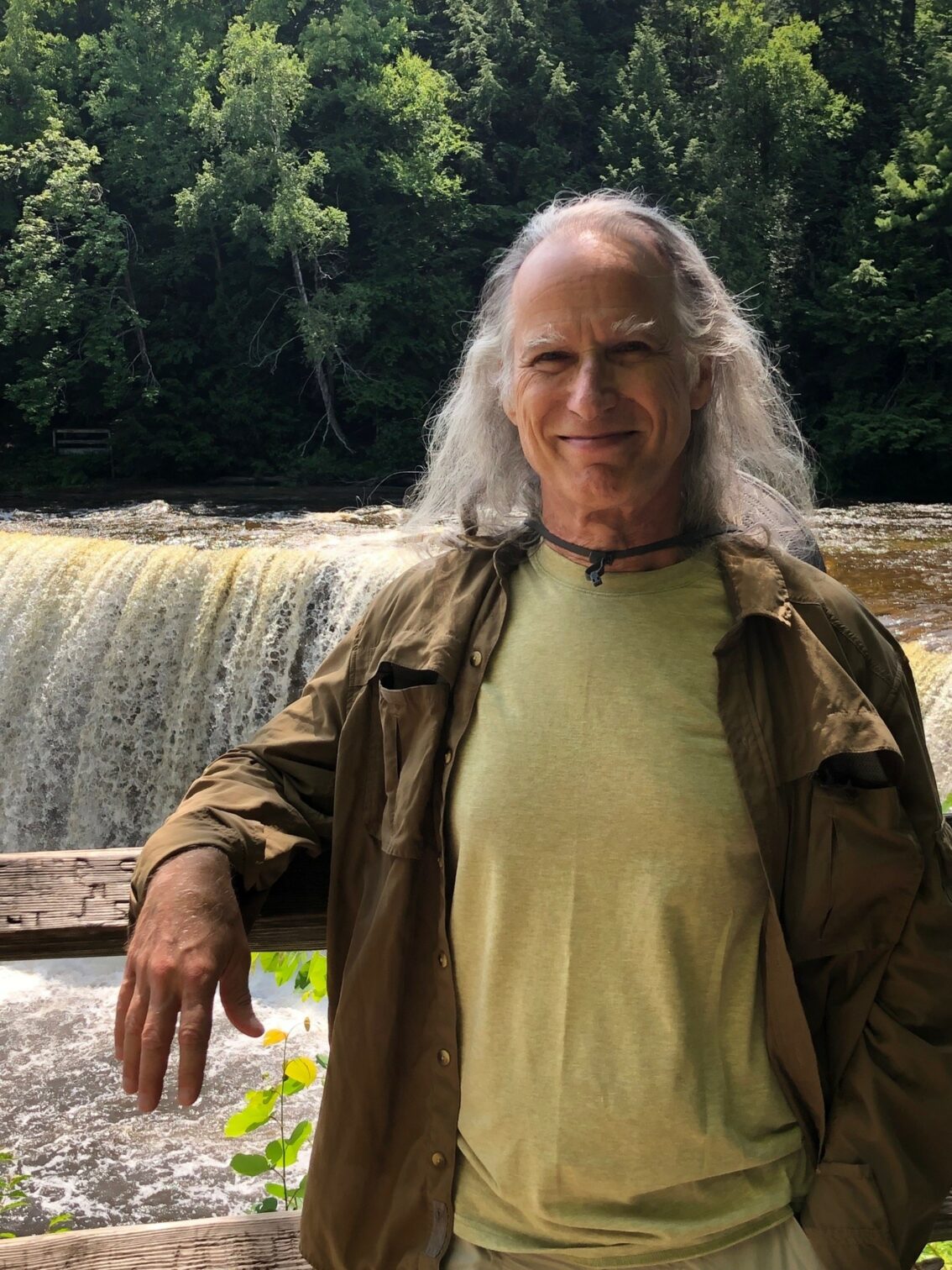
For fifty years, Evergreen Treatment Services has had the privilege of serving the greater Puget Sound community. Since first opening its doors in 1973, much has changed about ETS. But one thing has remained the same: we put the needs of those we serve first. For ETS, care is evergreen.
Dr. Paul Grekin has been with ETS for over thirty years and has spent the last decade as our medical director. He has seen our organization undergo many changes, including pivots in public perception and facing the challenge of providing methadone treatment during the pandemic. We sat down with Dr. Grekin to hear more about these shifts from his perspective.
Donate to ETS to support our life-saving work.
I came to Evergreen Treatment Services in 1990 to provide psychiatric care to our patients. Because of the stigma about opioid use and the ignorance about medication treatment, our patients were generally denied psychiatric care in the community. I have stayed at ETS for nearly 33 years because of our shared commitment to providing the highest quality care for our patients. Providing that quality of care has required ETS to be flexible and innovative as new evidence and knowledge has changed our understanding of substance use disorders and their treatment.
ETS has been able to accomplish this because of its dedicated and skilled staff, many of whom, like me, have stayed on for years because of our belief in the work and our approach to that work. We have also stayed because of leadership that has consistently valued quality and integrity.
As an organization, we have collaborated with the University of Washington on many research projects seeking to advance our knowledge about treatment. We have also led new projects to bring help to those with the most barriers to care. Treatment goes beyond directly addressing substance use disorders. The work we do is multifaceted and may include helping somebody obtain housing, connect to medical care and safe use supplies, get food, clothes, and more, all while not putting any kind of requirement that they engage in treatment. We give people what they need to be safer and healthier, regardless of how they engage with us.

In 1990, treating substance use disorders with medication was not accepted by the mainstream recovery community or society at large, who believed that recovery meant abstinence and that the use of medication was like “giving drugs to drug addicts.” So, we kept a low profile. There are many rules governing medication treatment and these were even more restrictive at that time. In addition, Washington State limited the number of patients each clinic could treat, and the counties limited the number of clinics. That resulted in a severe shortage of available treatment and long waiting lists. Once in treatment, patients had to meet many requirements to stay in treatment. This resulted in those with the most organizational skills filling many of our treatment slots. Those with multiple medical, psychiatry, and social problems often had difficulty obtaining admission and staying in treatment.
Major changes first appeared in the 2000s, driven by the prescription opioid epidemic that included more of the middle and upper classes than in prior periods, helping those in positions of power to begin to see opioid use disorder more as a medical problem rather than a moral failing. Research continued to show that medication was the most effective treatment to reduce deadly overdose. As a result, treatment with medication gained wider acceptance. The restrictions on the number of clinics and their size began to gradually fall. Around the time I became medical director of ETS in 2013, King County began encouraging us to treat as many patients as possible. We adjusted our approach, making it easier for patients to get admitted and easier to stay in treatment. Rather than facing a months-long waiting list, patients can walk in and begin treatment the same day. This has placed additional pressure on us to innovate, as we are now treating those patients with more challenges. We continue to work on ways to meet those patients’ needs to improve their health and quality of life.
In March 2020, as we entered the COVID pandemic, the Puget Sound region was just beginning to see a rise in fentanyl use. These two forces have led to the biggest changes our field has seen in 50 years. The long-standing rules in place in March 2020 required most patients to come to the clinic for medication 6 days per week. At our Seattle clinic more than 1,000 patients would come through our doors daily between 5:30AM and 1:00PM. Recognizing this was an ideal environment to spread contagious disease, our medical team drafted and submitted a plan to the federal government, with the backing of state government, for an exception to those rules. The Substance Abuse and Mental Health Services Administration (SAMHSA) agreed with our request and used our plan to craft a nationwide exception, allowing clinics to give out more take-home medication and reduce the frequency of clinic visits. This also shifted the model of care in that medical providers now worked with their patients to determine the best attendance schedule rather than being limited to a schedule determined by federal rules.
Several studies have looked at the data from changes. They have consistently shown that allowing access to take-home doses resulted in minimal evidence of harm while at the same time increasing patient autonomy. SAMHSA has now proposed permanently changing the rules to continue this increased flexibility.

In the course of these changing perceptions about opioid use and ETS’s steadfast commitment to innovative and high-quality care, our position and standing in the community have changed. The press views us as a valuable resource, recognizing our expertise in speaking about the importance of housing and treatment options that reduce barriers. We can host a fundraiser, and people will show up in the hundreds—our Roots of Recovery event is the perfect example. We are seen as a community asset.
I’m proud of how we advocate for our community, pushing for compassionate and evidence-based approaches to homelessness and substance use that center on health equity and harm reduction principles. At the end of the day, ETS values evidence-based care so we can provide the best treatment for the sake of our patients. That is what this work is built on. We participate in research; we partner with others in our field to improve treatment options and access. This has been true since 1973 and will continue to be true for as long as we are needed in the community.





Dr. Grekin its patient #2478 can u or Kirk call me asap